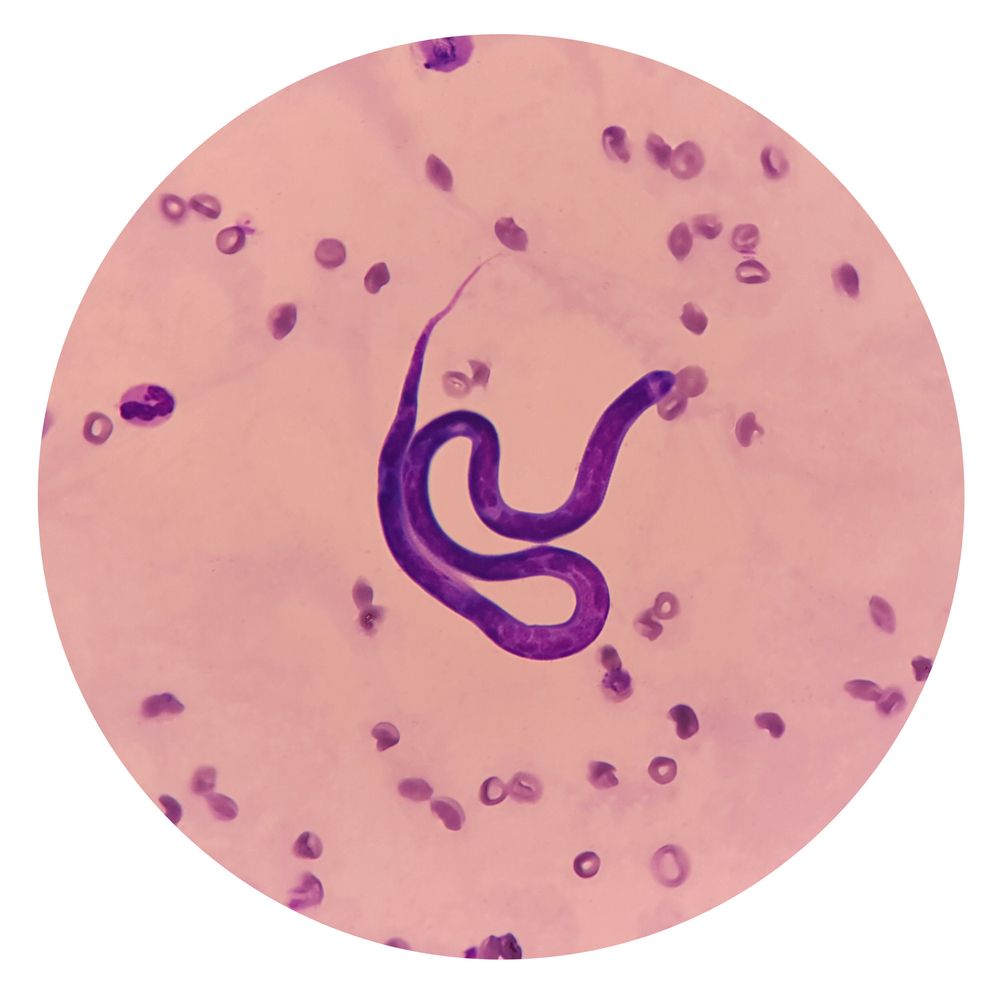
1. Understanding Heartworm
Heartworm disease, caused by the parasitic worm Dirofilaria immitis, is a serious and potentially fatal condition primarily affecting mammals, with dogs being the most common host. The disease is transmitted through mosquito bites, making it prevalent in warm and humid regions where mosquitoes thrive.
2. How Heartworm Spreads
The life cycle of heartworm involves two key stages: the mosquito stage and the host stage. Microscopic larvae develop within the infected animal, and when a mosquito bites, it picks up these larvae. Once inside the mosquito, the larvae mature into infective stage larvae. When the mosquito then bites another animal, it transmits these larvae, which eventually develop into adult worms within the new host’s heart and blood vessels.
3. Symptoms
Symptoms of heartworm disease can vary based on factors such as the host species, the severity of infection, and the number of parasites present. In dogs, common symptoms include persistent coughing, rapid or labored breathing, weakness, and weight loss. Cats may exhibit less apparent signs, such as respiratory distress, coughing, and vomiting.
4. Conditions Susceptible to Infection
4.1 Geographical Environment
Dogs face an increased risk of contracting heartworm disease under specific conditions. Geographical location is a crucial factor, as dogs in warm and humid regions are more susceptible due to favorable mosquito breeding conditions. Insufficient preventive measures, including irregular use of medications, heighten the risk. Dogs engaging in frequent outdoor activities are particularly exposed to mosquitoes carrying heartworm larvae, especially in warmer months.
4.2 Frequent Outdoor Activities
Dogs that frequently go outdoors and have a wide range of activities are more likely to come into contact with mosquitoes carrying the heartworm larvae.
4.3 Lack of Regular Check-ups
Dogs, especially puppies and younger dogs, which do not undergo regular veterinary check-ups may miss early signs of infection, leading to delayed treatment.
5. What to Do if Infected
Seek Veterinary Assistance immediately. Contact a veterinarian immediately to ensure a professional diagnosis and treatment recommendations. The vet will conduct relevant tests, such as bloodwork, to confirm the diagnosis of heartworm disease.
By gaining a better understanding of heartworm disease, we can better protect our beloved pets. Regular veterinary checkups, use of preventative medications, and attention to the environment in high-risk areas are all key to preventing heartworm disease. Working together, we can ensure that our furry companions enjoy a healthy and happy life. Let’s work together to protect the health of our pets and create a better tomorrow.
